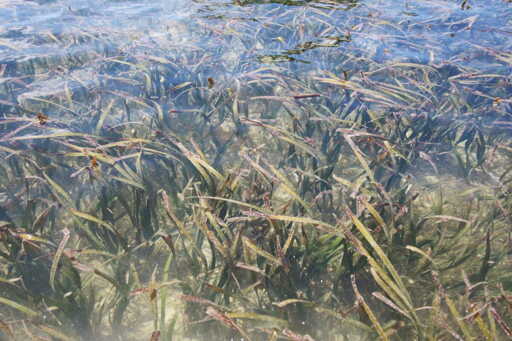Indonesia’s push to legalize a blue carbon zoning plan that’s focused on seagrass has sparked optimism for climate solutions, but some experts debate its risks and safeguards. The Indonesian Marine Affairs and Fisheries Ministry has been drafting new amendments to a 2019 government regulation to designate 17 seagrass habitats across the archipelago as certain “national strategic areas” (KSNT), giving them priority status for sovereignty, environmental protection and global heritage. The ministry’s director-general of marine spatial management, Kartika Listriana, said the zoning plan for Blue Carbon Reserves was a pledge to fight the climate crisis, protect ocean ecosystems and support coastal communities. “Marine spatial planning is meant to create real benefits,” she said in a Sept. 14 press release, “from giving investors legal certainty in the marine and fisheries sectors to improving community welfare to safeguarding our coasts and seas.” Mangrove and seagrass ecosystems in northern Nias Island. Image courtesy of Eko Siswono Toyudho/Konservasi Indonesia. Indonesia is moving to designate 17 seagrass habitats as national strategic areas for blue carbon, a plan that promises climate and community benefits but raises concerns over safeguards. Image courtesy of Eko Siswono Toyudho/Konservasi Indonesia. Indonesia holds about 11.5% of the world’s seagrass meadows, a resource the government hopes to tap to expand its carbon storage capacity. Scientists estimate that, per unit area, seagrass can capture carbon up to 35 times more effectively than tropical rainforests. According to the ministry, 17 sites have been earmarked as indicative KSNT locations for blue carbon reserves under the 2025-45…This article was originally published on Mongabay
From Conservation news via this RSS feed


